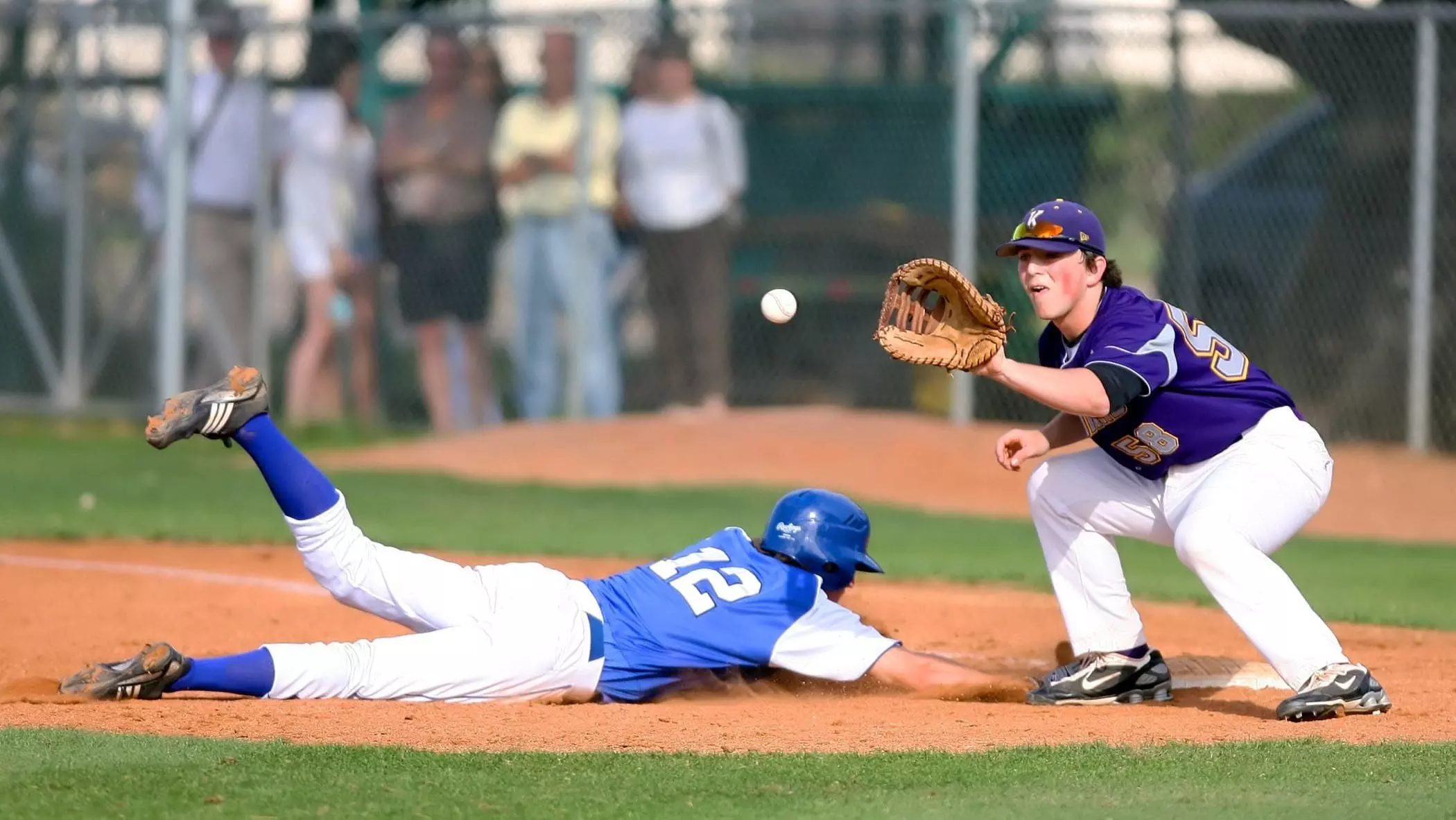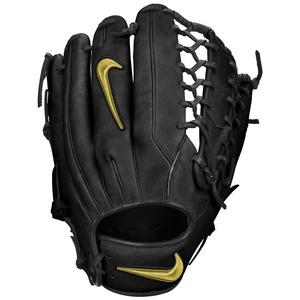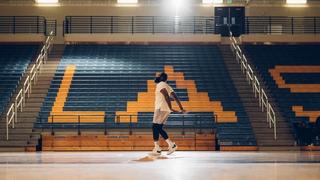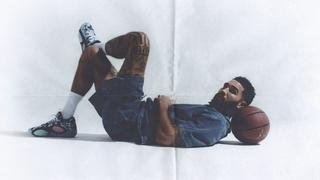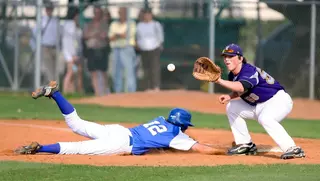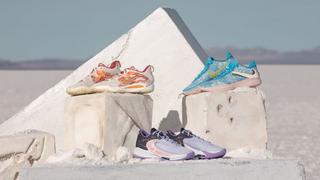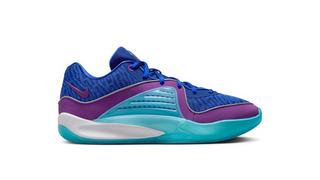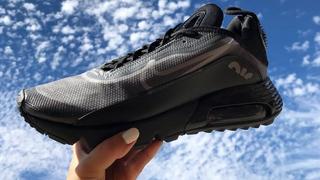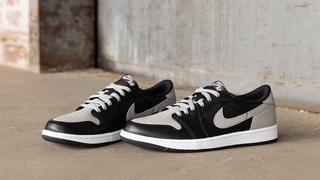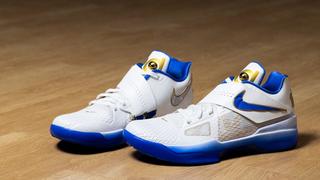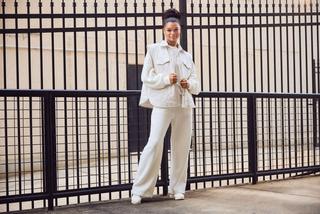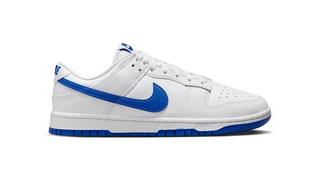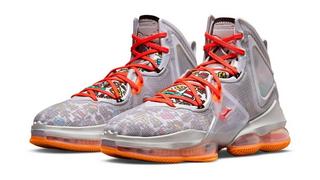Baseball gloves are either made from genuine leather or synthetic materials that mimic leather. Synthetic gloves tend to be more flexible, lighter and often more affordable than genuine leather gloves. In general, synthetic gloves are best for younger players, like Tballers and coach-pitch softball players.
Older and more serious ballplayers traditionally play in genuine leather ball gloves. Genuine leather gloves are more durable and less flexible than synthetic options. Full-grain and premium-quality leather softball and baseball gloves take longer to break in, but the material’s stiffness gives wearers better control of the ball. No matter the construction material, though, the anatomy of all softball and baseball gloves remains the same.
- Laces: The laces weave through the four fingers to give the glove its shape.
- Web: The web connects the thumb portion of the glove to the other fingers. Webbing can be open or closed depending on field position.
- Bridge: The top of the web connecting the thumb to the index finger.
- Palm: This is the part of the glove that rests against the palm of the hand.
- Pocket: The pocket is the crease in the palm. The pocket can be shallow or deep, depending on the player’s position.
- Hinge: This hinge is the area of the glove that allows for easy opening and closing.
- Heel Pad: The heel pad protects the bottom or heel of the hand.
- Back: The back of a glove is the piece that sits on the outside of the wrist. It can be open or closed.
- Wrist Adjustment: Allows you to tighten or loosen the glove on your wrist.


